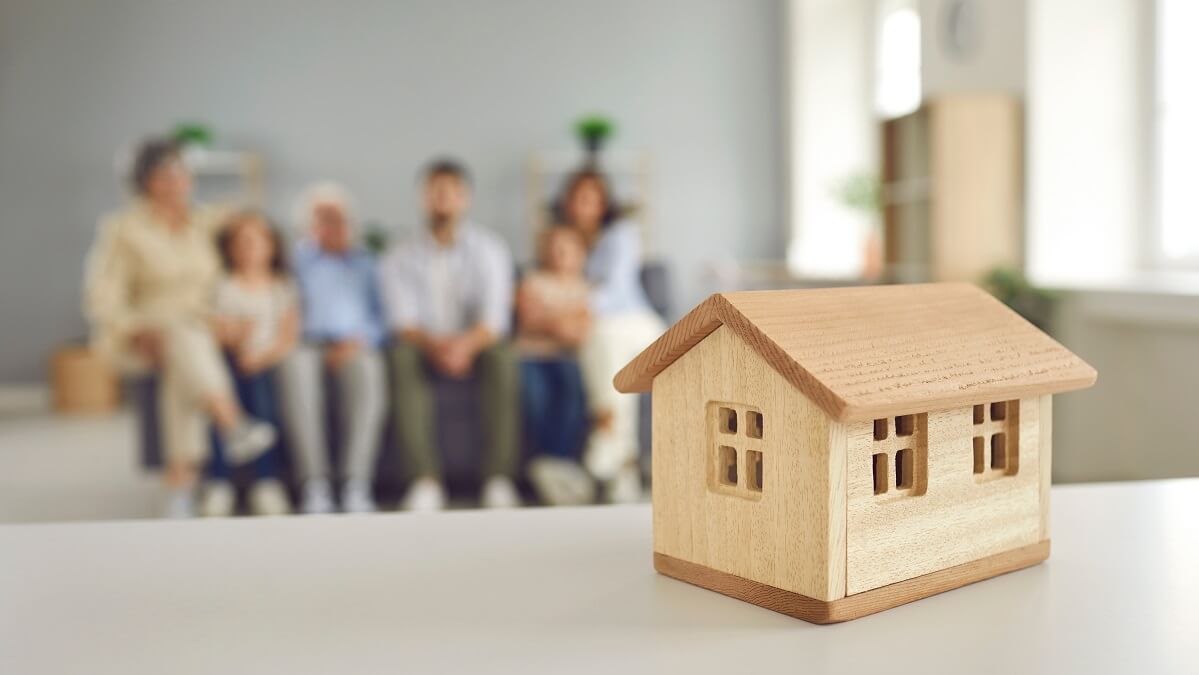Australians are flocking to take advantage of relaxed construction and planning regulations, leading to a granny flat ‘boom’.
With the nation facing a housing crisis, Aussies are putting second residences on their properties, also known as ‘granny flats, at a rate of almost 100 per day in some areas.
Building a granny flat can be a great solution for older people who wish to move closer to family or avoid moving into an aged care facility.
There are currently more than 80,000 granny flats in backyards across the country, with the number set to explode in coming months and years with the easing of regulations.
In Victoria, laws have recently been changed to remove the requirement for a permit to build a granny flat of less than 60 square metres. The change is aimed at boosting housing supply and gives homeowners a potential money-making opportunity.
In NSW, around 100 granny flats per week are being constructed in Sydney – a 300 per cent increase over the past five years.
Renting a granny flat to a non-family member is heavily restricted in most states, and governments like that in South Australia are now pushing back on these types of laws.
SA planning minister Nick Champion told the ABC that removing red tape around granny flat construction could help ease the rental crisis.
“There might be hundreds of backyard flats that might be available, we want to make sure they’re on the rental market,” he says.
“We really are looking down the barrel of a whole generation who are locked out of affordable rental, locked out of affordable sale.
“Too often these flats have been built, often to accommodate relatives, and then have basically been vacant because of council development rules.”
Income-boosting opportunity
Not only are granny flats a great way to house older people near family, they can also be a lucrative investment if rented out.
For tax purposes, a granny flat rented to a relative is not treated as a commercial transaction so is therefore not taxed (nor is it deductible on tax).
However, if you rent a granny flat to a non-relative then it will be treated as a commercial transaction and can be taxed as profit.
The flipside is you can also claim any expenses you’ve incurred in running the flat as deductions on your tax return.
Sharon Grice, director of financial consultants William Buck, told the Australian Financial Review that if you decide to rent your granny flat out commercially, you will forfeit the right to the capital gains tax (CGT) exemption on your primary residence.
For example, a house on 400sqm is valued at $1 million before a 60sqm granny flat (covering 15 per cent of the property) is rented. The property and granny flat are sold for $2 million.
The capital gain on the sale of the property is the sale amount minus its cost base – which is the market value at the time the property is first used for producing income.
“You will also need to keep details of expenses relating to your home after the date it started producing income,” Ms Grice says.
CGT in this case would be around $150,000, or 15 per cent, of the $1 million gain on the sale.
Would you ever live in a granny flat? Would you build one to rent out? Share your thoughts in the comments section below.
Also read: Pros and cons of granny flat living


Government should take their hands out of the pockets of the owners of a rented out granny flat. Forfeiting capital gains exemption on your primary residence just because you are renting out an unused granny flat? Ridiculous. This alone will stop a lot of people from doing it, not to mention the need to keep so much paperwork about expenses etc. The estimate is that a granny flat adds up to 30% more value to your property, therefore the CGT exemption could be reduced by that much, but not the entire amount. Government/bureaucrats need to face the reality of a housing crisis, or do they really want people living in tent cities instead?
Totally agree. Greedy government and councils.